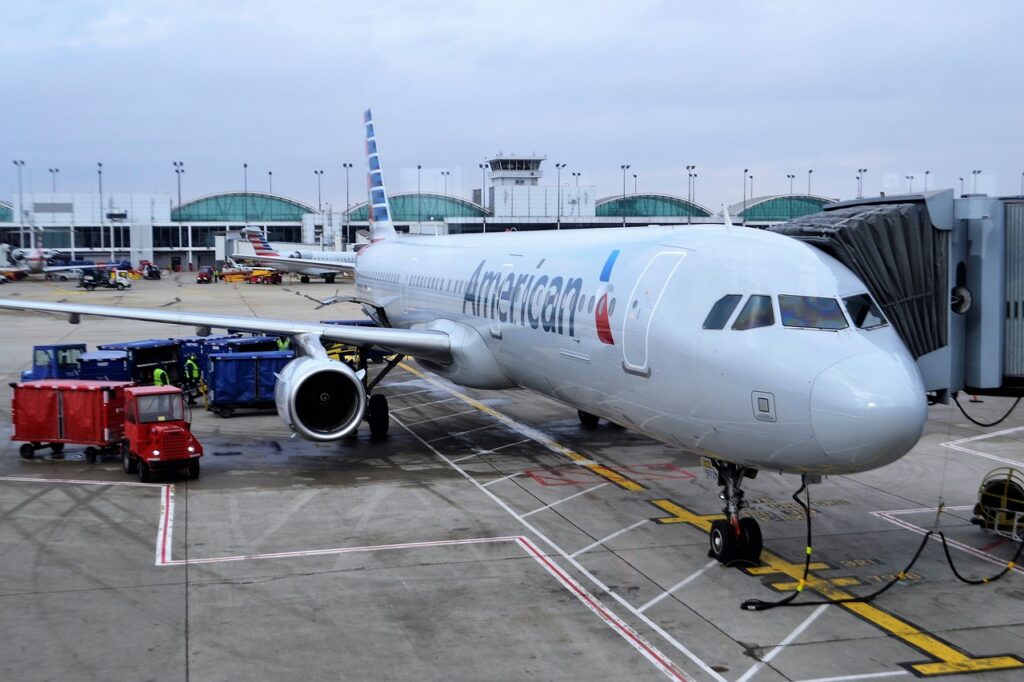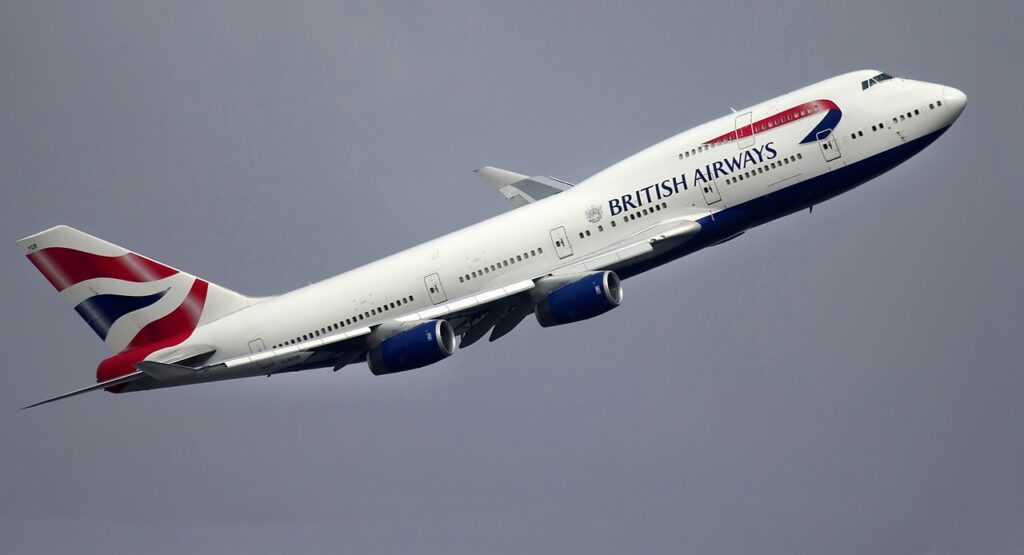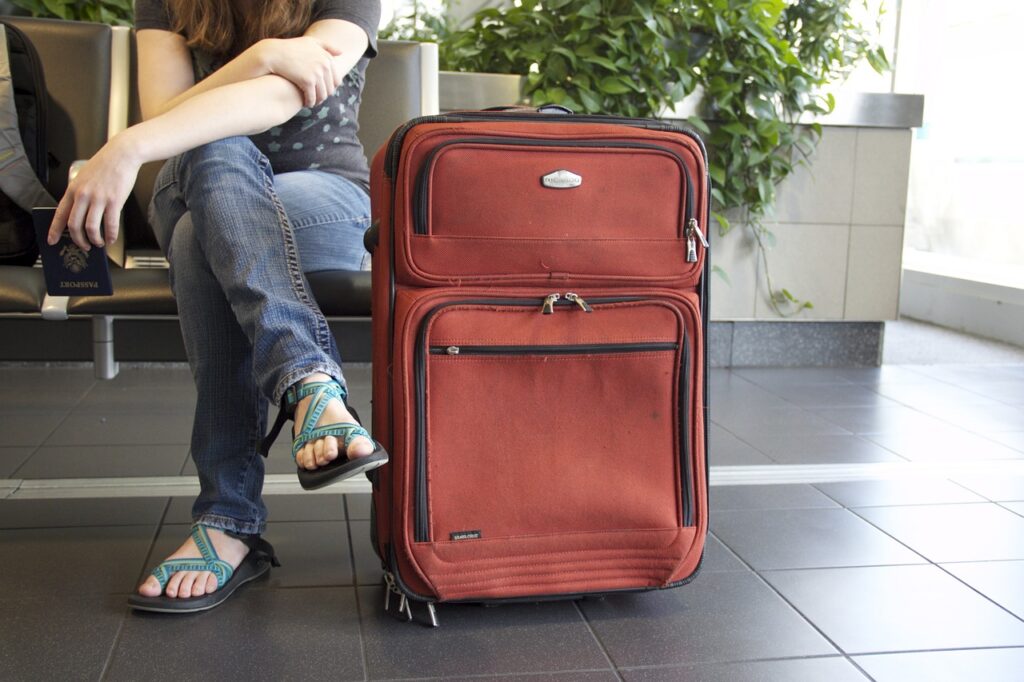Traveling can be an exhilarating experience, conjuring up images of stunning landscapes, exotic foods, and the joyful freedom of exploration. Yet, anyone who’s stood helplessly at a baggage carousel or navigated through a bustling airport knows that the physical baggage we bring along can sometimes undermine the very joy of our adventures. Imagine a world where you glide past baggage claims, skip the wait at the luggage drop-off, and never fear the loss of a precious suitcase again. This is the streamlined world of carry-on-only travel.
Table of Contents
ToggleUnderstanding Carry-On Regulations
Before embarking on your carry-on only journey, it’s paramount to understand the rules that govern your carry-on experience. Airline restrictions often seem as varied as the destinations they serve, US domestic flights, or international flights. But there are common threads to seek out. Always verify the restrictions with your specific airline to avoid any last-minute gate-check surprises.
US Domestic Airlines
The standard carry-on luggage size for domestic flights is typically 22 x 14 x 9 inches (56 x 36 x 23 cm). This size is widely accepted across major domestic airlines in the United States. However, it’s important to note that there may be slight variations in size restrictions for specific airlines, so it’s always advisable to check with the airline before traveling.

Here’s a quick table to help visualize some major US airline carry-on restrictions:
Note: These are indicative and subject to change. Always check the airline’s website for the latest information.
International Airlines
Traveling international is where it gets tricky. It’s crucial to note that other countries sometimes enforce stricter limitations on bag dimensions and weight. For instance, many European budget carriers are known for their rigid enforcement of carry-on policies, often with smaller size allowances and enforce weight limits. It’s always safer to err on the side of caution and pack slightly under the limit.
The typical carry-on luggage size for European airlines is 55 x 40 x 20 cm (21.6 x 15.7 x 7.8 in) [1][4]. However, some airlines may have different size restrictions, so it is important to check with the airline before traveling. The standard carry-on size for international carriers is slightly smaller than that of the US, measuring overall at 21.5 x 15.5 x 9 inches, including handles and wheels[2][3][6]. Here are some examples of carry-on size restrictions for major European airlines:

Here’s a quick table to help visualize some major international airline carry-on restrictions:
It is important to note that these size restrictions may change, so it is always best to check with the airline before traveling.
Insider Tip: If you’re a frequent international traveler, it might be worth investing in a luggage scale. This handy tool can save you from hefty fees for overweight bags and eliminate last-minute packing panic.
Choosing the Right Carry-On Bag
Selecting the perfect carry-on companion is not just about looks; it’s about functionality, durability, and ease. Here we delve into the core factors to consider when on the hunt for that ideal piece of luggage that aligns with your carry-on only travel goals.
Hard Shell vs. Soft Bag: A hard shell carry-on can protect fragile contents and typically withstands the test of time and travel. However, it’s rigid structure lacks flexibility – a potential issue if you’re trying to squeeze it into an overhead compartment. On the flip side, soft bags may offer additional pockets and can expand, allowing for a bit more packing grace.
Wheeled Carry-On vs. Backpack: Wheels offer the convenience of rolling your bag through vast airport terminals without strain. But consider the terrain of your destination; cobblestone streets or uneven paths might render wheels more of a hindrance than a help. Travel backpacks shine here, distributing weight evenly across your back, making them ideal for travelers on the move.
Features Worth Noting:
- Multi-directional spinner wheels make navigating through crowds a breeze.
- TSA-approved locks provide security while allowing inspections without damage.
- Telescopic handles that lock in place cater to your height and comfort.
Before moving on to the next chapter of our carry-on-only travel tale, remember that the right bag is the one that suits your travel style and necessities, complementing the journey ahead.
Packing Tips
Packing aficionados have long debated the merits of rolling clothes versus folding them. Let’s unfold this topic to see how each technique can be a game-changer for your carry-on packing strategy.
Rolling Clothes:
- Pros: Reduces wrinkles and saves space by filling nooks and crannies in your luggage.
- Cons: Not ideal for stiffer fabrics which are prone to become misshapen.
Rolling is particularly effective for casual items like t-shirts, jeans, and knitwear. To roll, lay the item flat, fold in the sleeves or sides, and roll from the bottom up tightly, securing with rubber bands if necessary.
Folding Clothes:
- Pros: Best for structured garments such as dress shirts, business attire, or blazers.
- Cons: Can consume more space and possibly cause deep creases.
Fold your clothes as they do in stores: lay flat, fold arms back, fold in half from bottom to top, and smooth out any wrinkles.
Layering Method:
An alternative to consider is the bundle or layering method, which involves wrapping clothes around a central core item, creating a clothes ‘burrito’. This method works wonders for minimizing wrinkles across the board.
Packing Cubes and Compression Bags:
To take your packing efficiency to the next level, consider investing in packing cubes or compression bags.
- Packing Cubes: Allow you to organize items and fit more into your carry-on by compartmentalizing your clothing.
- Compression Bags: Squeeze out excess air and condense your clothes, allowing for extra space; however, be wary of potential wrinkling.
It’s a personal choice – some travelers swear by rolling while others stick to folding. Test out both on your garments to see which suits your carry-on strategy best.
Now that we’ve unraveled the doubts around rolling and folding, it’s time to turn our attention to the rules and regulations governing our personal care items – the toiletry bag. Ready to dive into some TSA-approved tips?

Toiletry Tips and TSA Guidelines
Preparing your toiletries for carry-on travel necessitates a clear understanding of TSA guidelines to ensure seamless security checks. The cornerstone of these rules is the 3-1-1 liquids rule, a simple mnemonic that stands for 3.4 ounces (100 milliliters) bottles or less per item, in 1 quart-sized, clear, plastic, zip-top bag, with 1 bag per passenger.
Effective Toiletry Tips:
- Go Solid: Swap out liquid toiletries for solids where possible. Solid shampoo bars, conditioners, and soaps don’t need to go in your liquids bag and save plenty of space.
- Travel-Sized Items: Purchase mini versions of your must-haves or utilize small reusable bottles to bring just enough of your liquid products without overdoing it.
- Multi-Use Products: Look for items that could serve multiple purposes, like a moisturizer with SPF or a BB cream that acts as makeup and skincare.
Remember: Always place your toiletry bag within easy reach to simplify the security process at the airport.
A Practical Toiletry Packing List:
- Shampoo and conditioner (solid preferred)
- Body soap (bar form to save space)
- Deodorant
- Toothpaste and toothbrush
- Sunscreen (consider a stick formulation)
- Minimal makeup kit (multi-functional items encouraged)
- Miniature versions of your skincare products
- Essential medications and a basic first-aid kit
With these TSA-friendly toiletry tips, you’ll navigate airport security with ease and still have everything you need for personal care. But we haven’t yet maxed out our carry-on potential.
Maximizing Your Personal Item
The personal item is often an unsung hero of efficient carry-on travel. It’s not just a second piece of luggage; it’s your in-flight survival kit, your entertainment center, and often, a small extension of your main carry-on. To leverage this piece to its fullest, understanding what fits within the term “personal item” is key. We’re typically talking about a purse, a laptop bag, or a small backpack that fits snugly under the seat in front of you. This is the secrete sauce when traveling with carry-on only.
Strategies for an Optimally Packed Personal Item:
- Essential Documents: Keep your passport, travel documents, and any other necessary IDs accessible.
- Electronics and Chargers: Pack your gadgets in this bag for security and in case you want to use them on board.
- Valuables: It’s wise to keep anything expensive or irreplaceable with you at all times.
- Comfort Items: A travel pillow, a lightweight blanket, or a pair of earplugs can make your flight more comfortable.
- Snacks and Water: Stay hydrated and stave off hunger with some light, non-perishable snacks.
Tech-Savvy Packing
In our connected world, staying plugged in is often non-negotiable, even while jet-setting. Technology ensures we are never truly far from home, but it can also become a cumbersome travel companion if not managed wisely. Therefore, packing your tech with care is a cornerstone of mastering the single-bag travel experience.
Must-follow Tech Packing Tips:
- Wrap it Up: Use velcro ties or cord organizers to prevent cables from tangling. Consider a travel-specific tech organizer for neatness and ease of access.
- Protect Your Devices: Employ padded sleeves or cases for laptops and tablets. This affords protection from knocks and bumps during transit.
- Device Duplication: If both your phone and e-reader serve the same function for travel, perhaps leave one behind to save space.
- Invest in Multi-Use Chargers: Charging stations that accommodate multiple devices cut down on the need for various cords and plugs.
- Portable Power: A compact, high-capacity power bank ensures you remain charged up, especially during long flights or layovers.
Technical Gear Checklist:
- Smartphone and charger
- Laptop/tablet and charger (if necessary for work or entertainment)
- Headphones (noise-cancelling ones are a boon for flights)
- Power bank
- Universal travel adapter (if traveling internationally)
- Memory cards or external hard drives (for photo/video-heavy trips)
- E-reader (loaded with travel guides and reading material)
Did You Know? A recent Travel Technology Survey by the Global Business Travel Association revealed that 85% of travelers consider their smartphone to be their number one travel accessory.
With a tech pack as streamlined as your carry-on bag, you’ll maintain both connectivity and mobility on the go.
Navigating Security like a Pro
The security checkpoint, a hurdle for many, can be a breeze if you pack your carry-on thoughtfully. The goal is to move through security swiftly and without hassle, and this requires a bit of preparation and know-how.

Top Tips for a Smooth Security Experience:
- Pack Intelligently: Place items you’ll need to remove for inspection, like laptops and liquids, at the top of your bag for quick access.
- Wear the Right Clothes: Choose slip-on shoes and minimal jewelry to speed up the screening process.
- Be Ready: Have your boarding pass and ID in hand as you approach the checkpoint.
- Stay Informed: Familiarize yourself with TSA regulations in advance to avoid surprises at the airport.
Checkpoint Checklist:
- Remove liquids bag and place it in the bin.
- Take out electronics larger than a cell phone.
- Remove shoes, belts, and metal items.
- Have your boarding pass and passport ready for inspection.
Did You Know? TSA PreCheck is a program that offers expedited screening at many U.S. airports. Members don’t need to remove shoes, laptops, liquids, belts, or light jackets, which can make the security process even faster.
With these efficient practices, you’ll spend less time at security and more time enjoying the journey.
Overcoming Common Carry-On Challenges
Even the most seasoned carry-on traveler can face challenges. Here are solutions to some frequent issues, ensuring your travels are as smooth as your flight’s takeoff.
1. Packing Bulky Items
- Problem: Bulky items can take up too much space.
- Solution: Wear your heaviest clothes and shoes on the plane. Use compression bags for bulkier items that aren’t needed during transit.
2. Choosing What to Leave Behind
- Problem: It’s tempting to pack ‘just-in-case’ items.
- Solution: Stick to your packing list. If you didn’t plan to use an item regularly, it’s probably not essential.
3. Organization
- Problem: Keeping things organized can be tough in a confined space.
- Solution: Use packing cubes to compartmentalize your items. One for tops, one for bottoms, and one for undergarments work well.
4. Returning with More Than You Left With
- Problem: On your return trip, you might have more to fit into your carry-on due to purchases or gifts.
- Solution: Plan ahead by packing a collapsible bag, or mail items home.
5. Wrinkled Clothing
- Problem: Clothes might get wrinkled when packed in a small space.
- Solution: Use a portable steamer or hang clothes in the bathroom while you shower to steam out wrinkles.
Testimonial from a Carry-On Pro:
“Adopting the carry-on-only lifestyle was life-changing. Not only do I save time at the airport, but my travels are now more about experiences than managing luggage!” – Jamie T., Frequent Traveler
Conclusion
Traveling the world with just a carry-on is an empowering and liberating experience that simplifies your journey and allows you to focus on the adventure itself. By embracing a minimalist approach, you become more mobile, save money, and reduce travel-related stress. We’ve travel to Europe several times with carry-on only for trips that lasted weeks without any issues.
As you embark on your next trip, remember that the essence of travel is not about the things you bring, but the experiences you gather and the memories you create. With this guide, you’re well-equipped to master the art of carry-on travel and enjoy the countless rewards that come with it.
Frequently Asked Questions (FAQs) About Traveling with a Carry-On Only
Carry-on only travel often brings up a range of questions, concerns, and curiosities. Let’s dive into some commonly asked questions, and shed light on their answers.
Q: What are the typical size and weight restrictions for a carry-on bag?
A: The average carry-on size limit across many airlines is 22 x 14 x 9 inches, including handles and wheels, with weight limits usually between 15 to 22 pounds. Always validate the specific airline’s policy as these can vary, especially internationally.
Q: Can I bring liquids in my carry-on, and what are the limits?
A: Yes, but they must adhere to the TSA’s 3-1-1 liquids rule, which means each liquid container should be 3.4 ounces (100 milliliters) or less, stored in a 1 quart-sized, clear, plastic, zip-top bag, limited to one bag per passenger.
Q: How do I choose between a carry-on suitcase and a travel backpack?
A: It depends on personal preference, destination, and type of trip. A wheeled carry-on is often easier to manage in airports, while a backpack might be preferable for destinations with uneven terrain or lots of stairs.
Q: Is it possible to pack shoes in my carry-on without taking up too much space?
A: Yes, shoes can be packed around the edges of the bag, and smaller items like socks and chargers can be stuffed inside them to maximize space. Limiting yourself to two pairs—one that you wear and one in your bag—is often best.
Q: Can I still bring souvenirs home if I only have a carry-on?
A: Definitely! Choose smaller, flat, or flexible items, and leave some space in your bag when packing for your trip. Consider wearing additional layers or clothing you’ve purchased during your trip to free up space on the way home.


